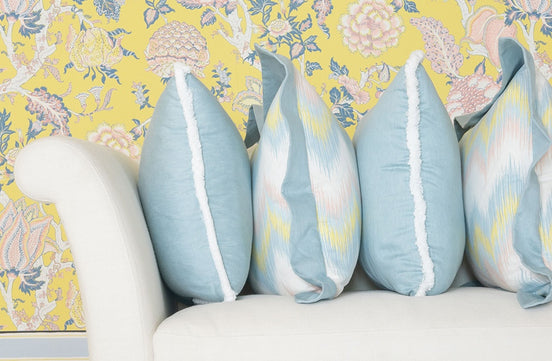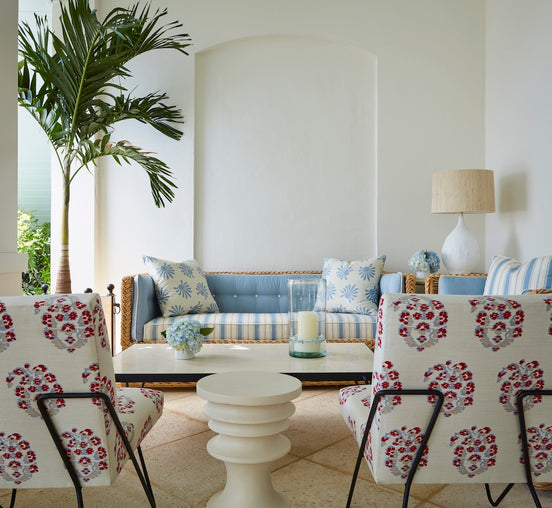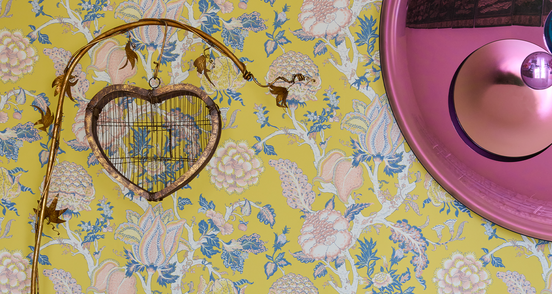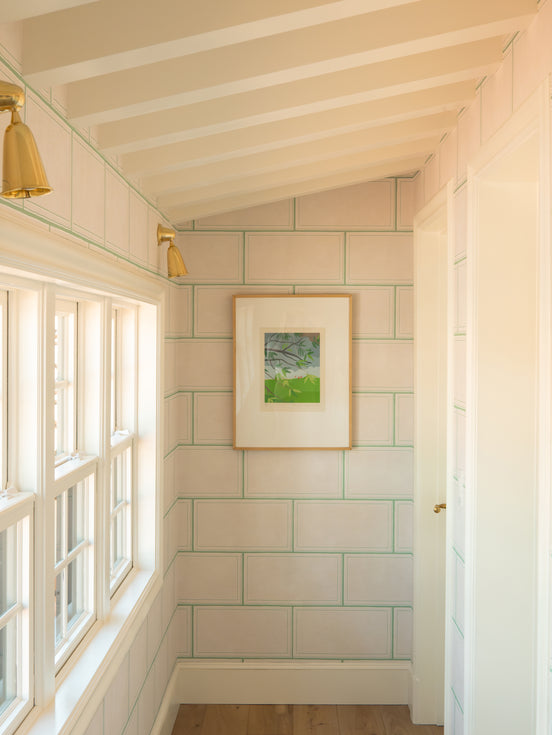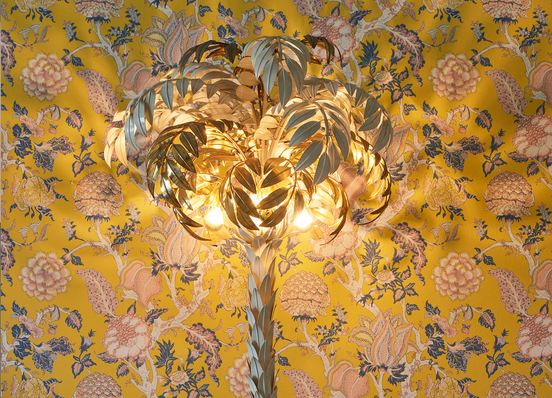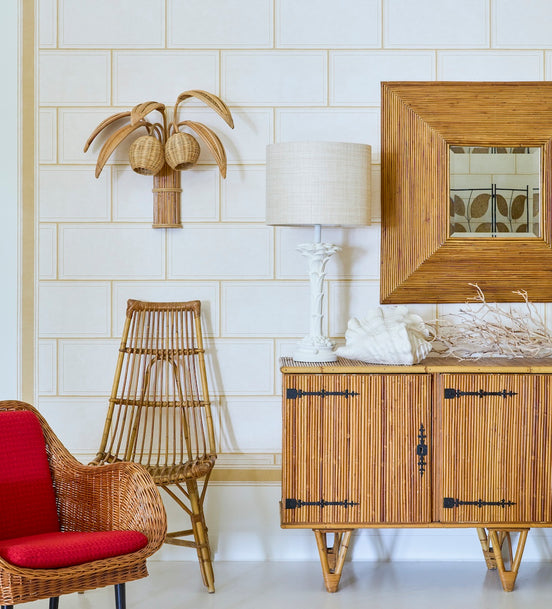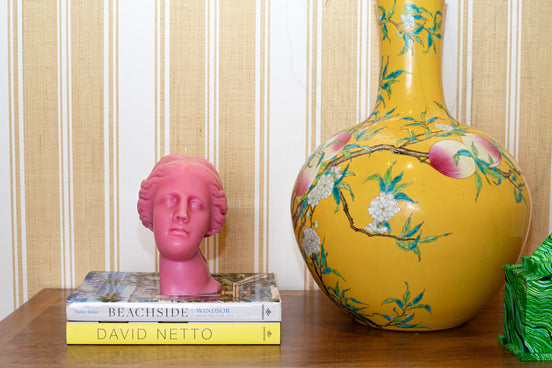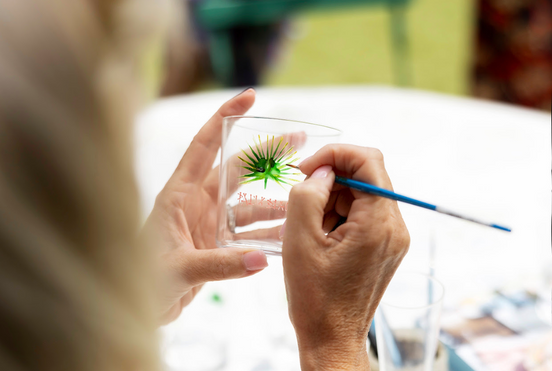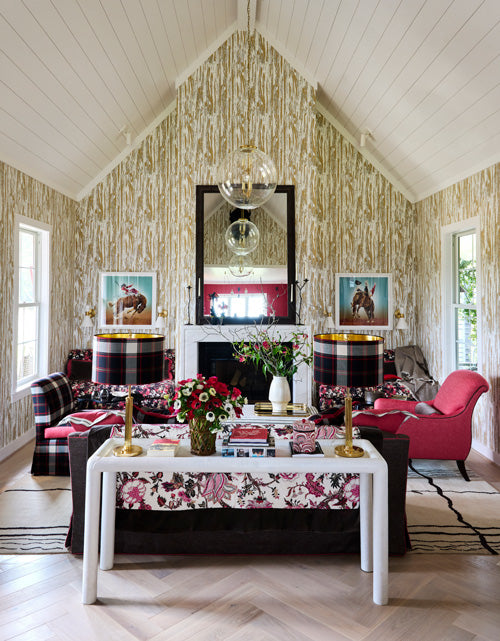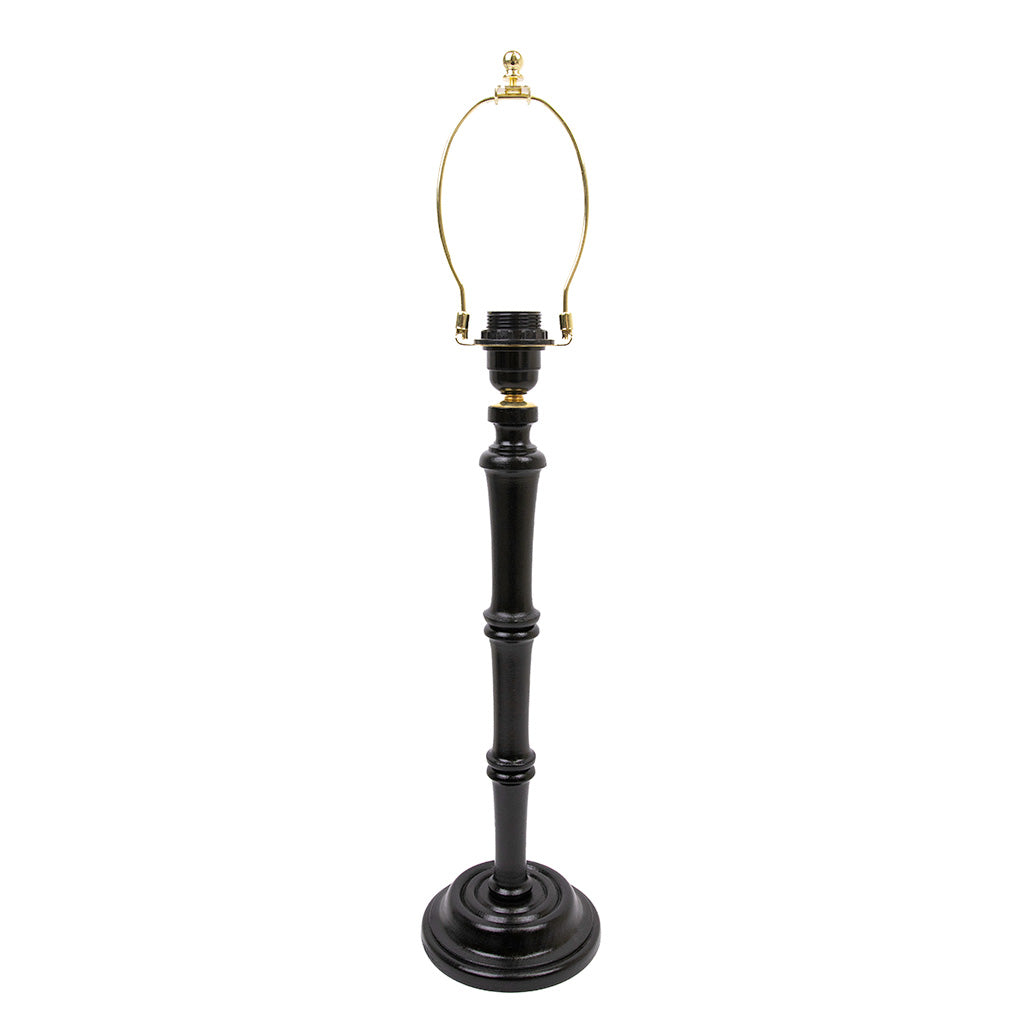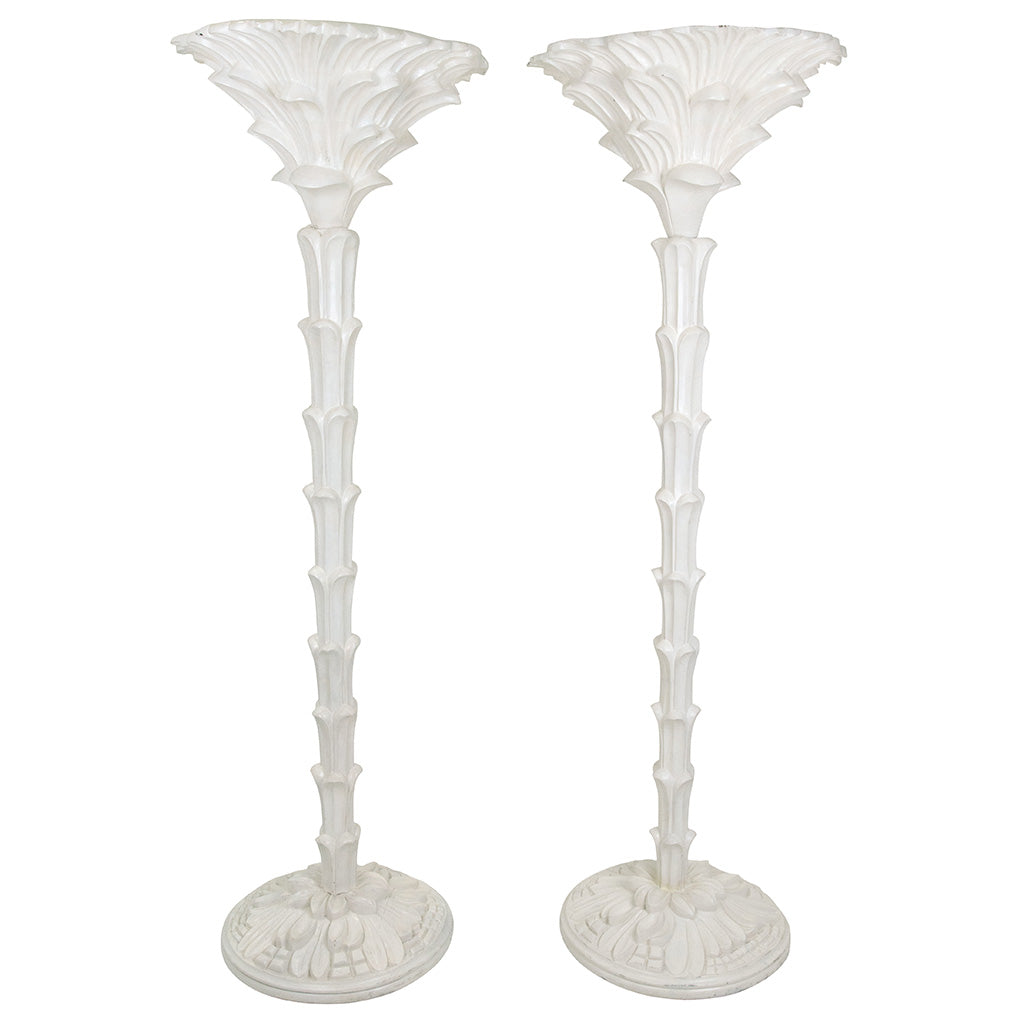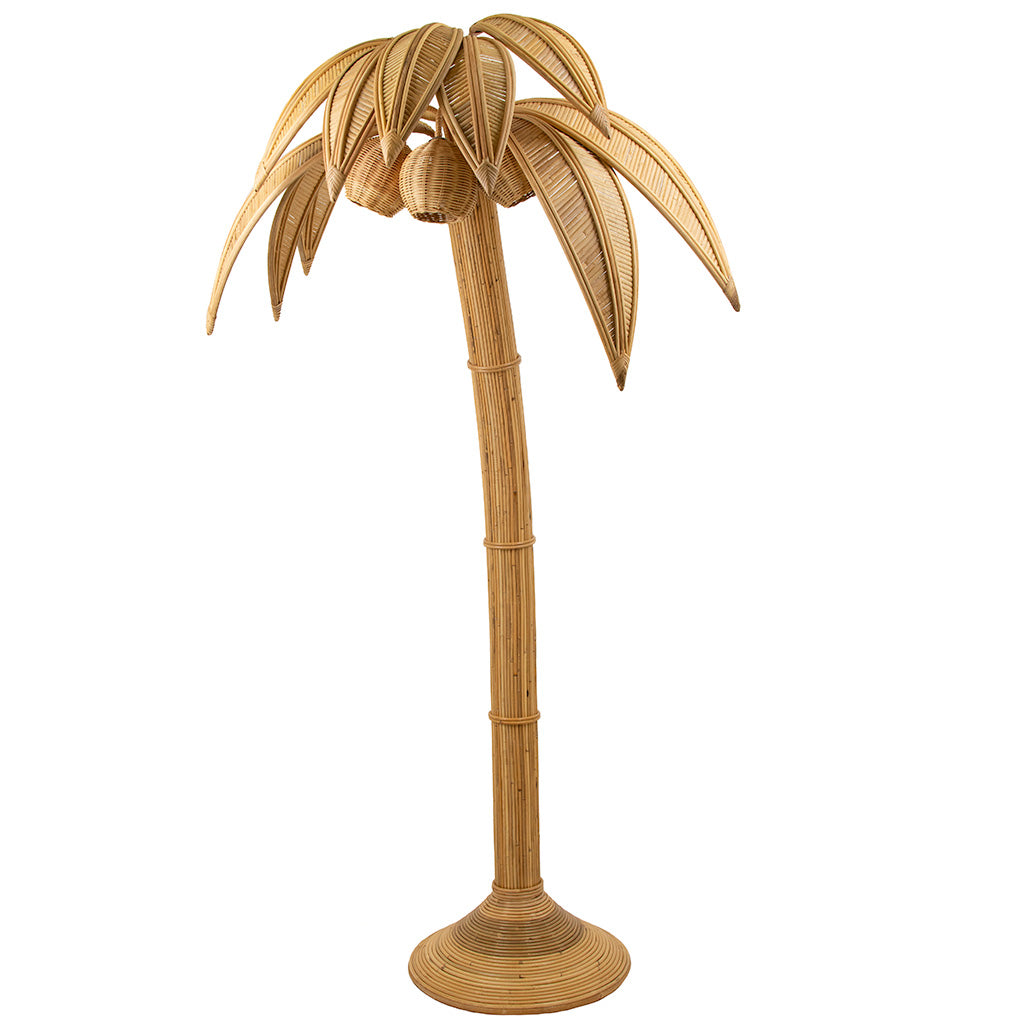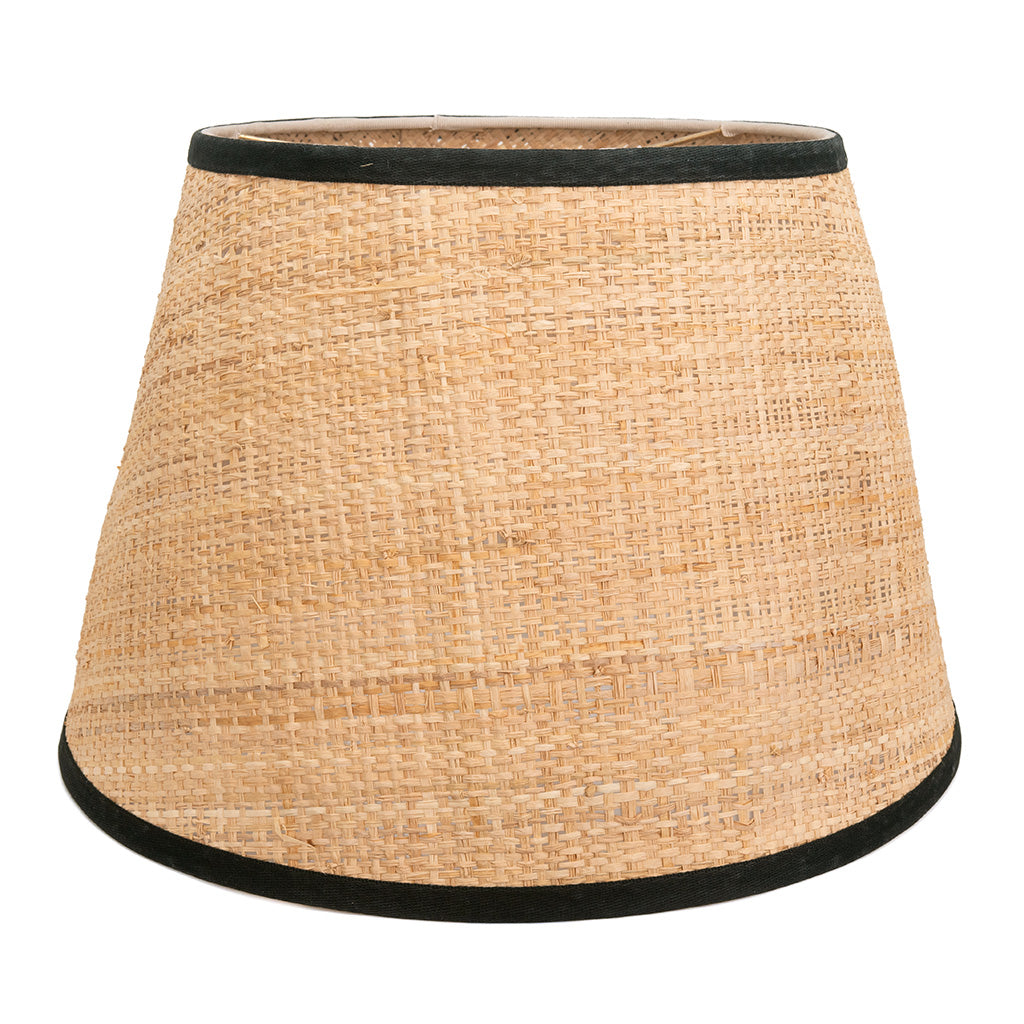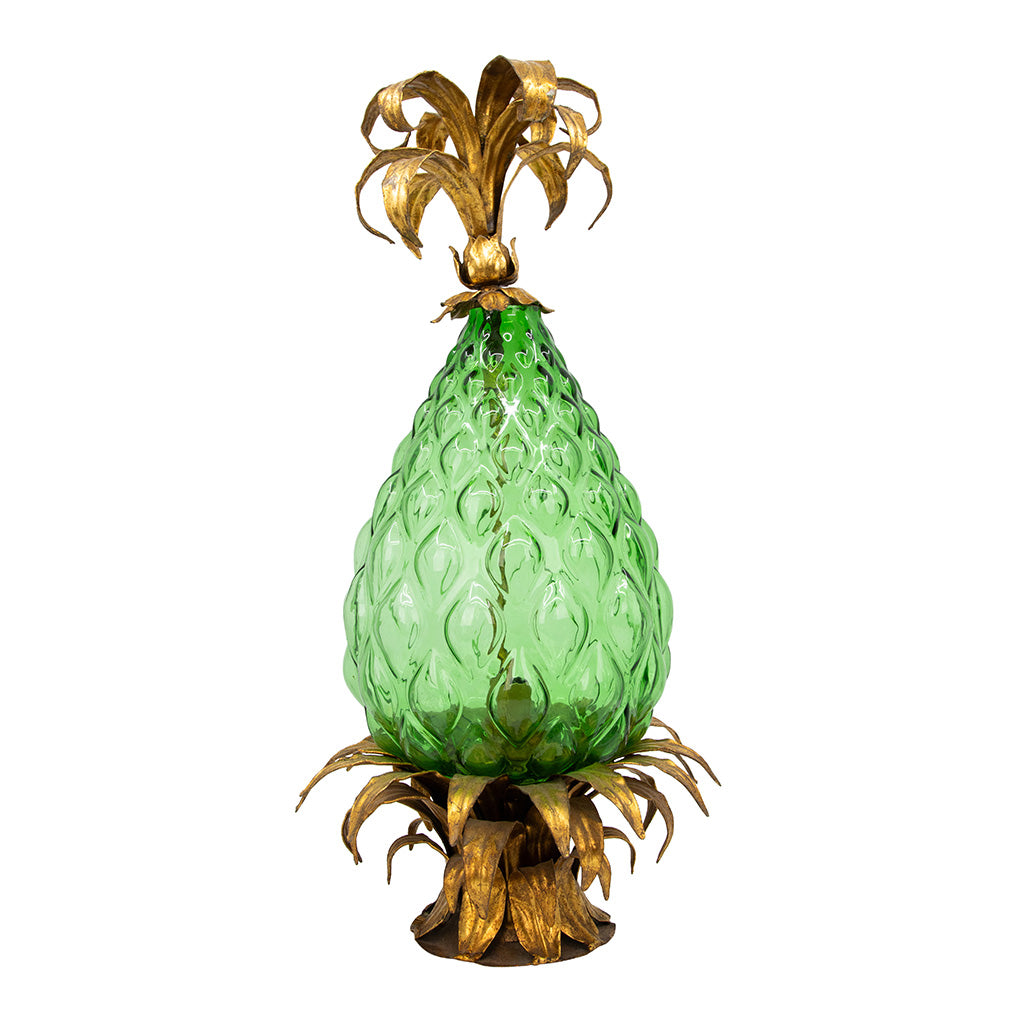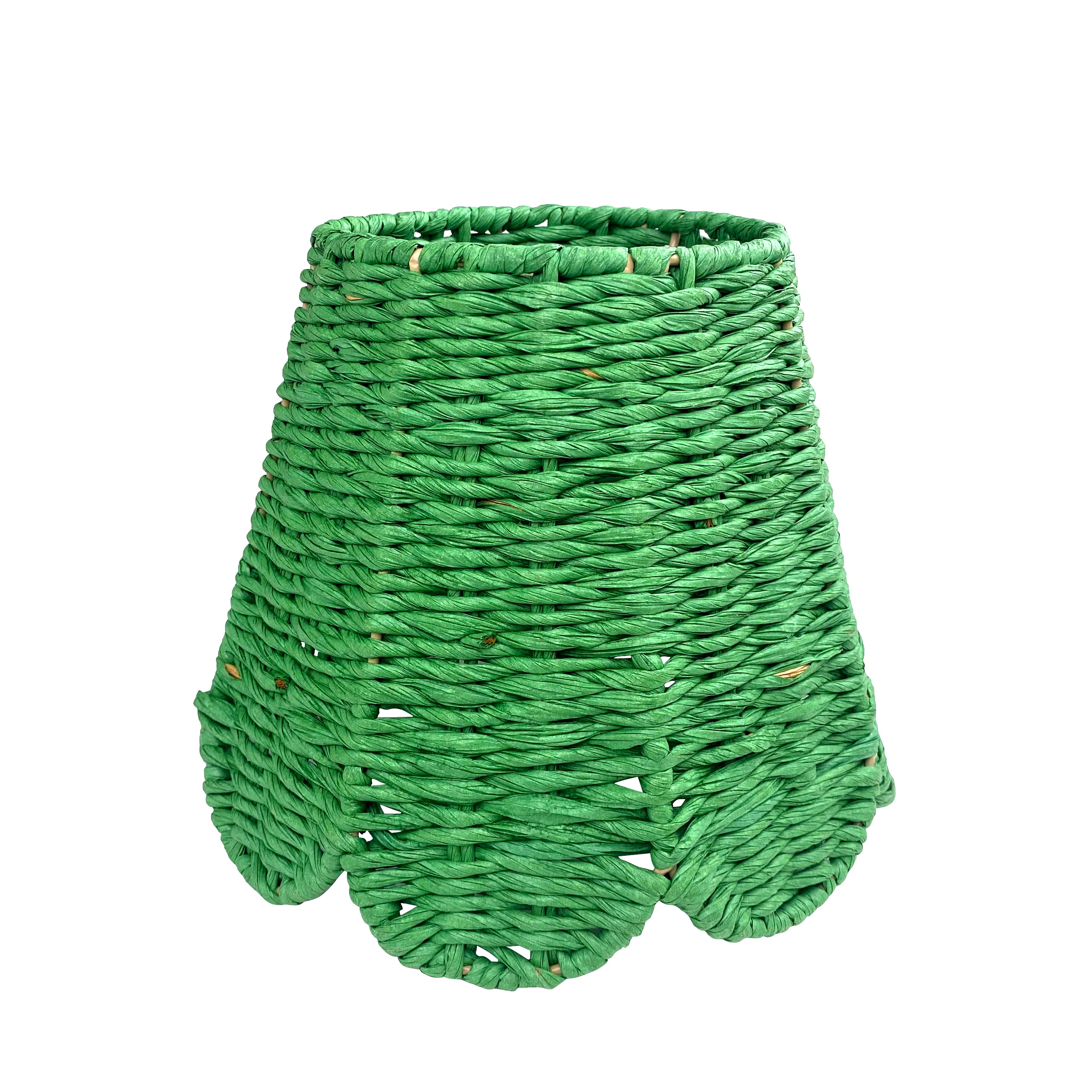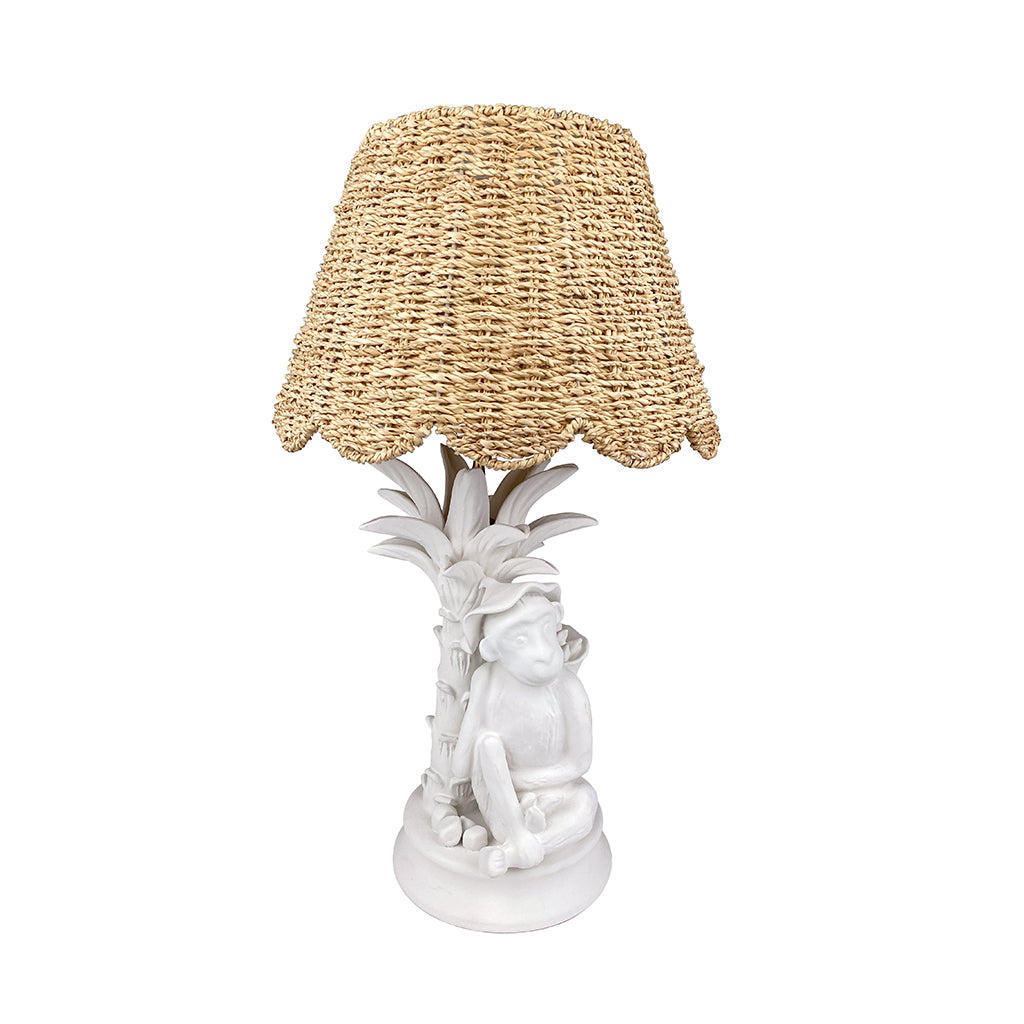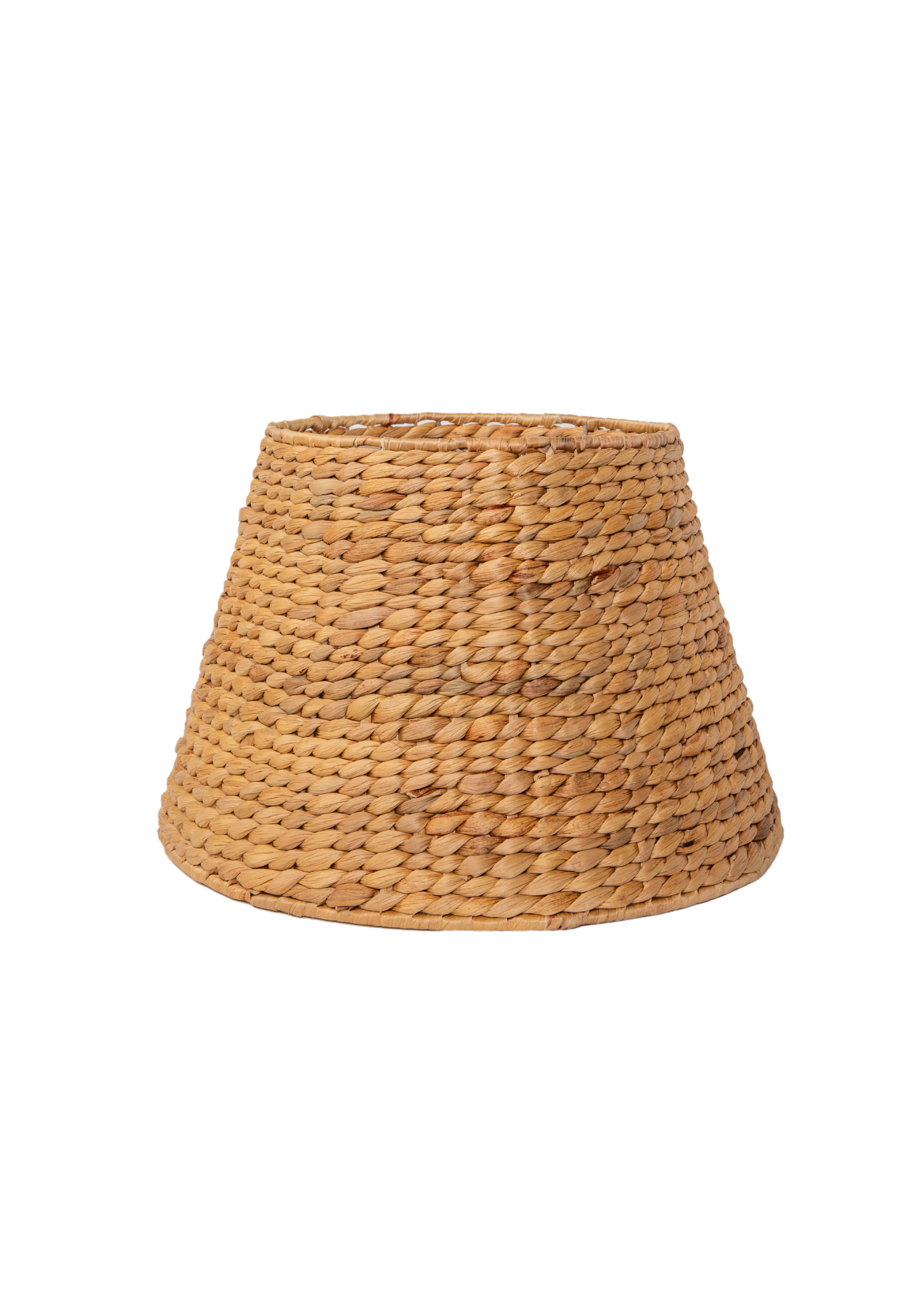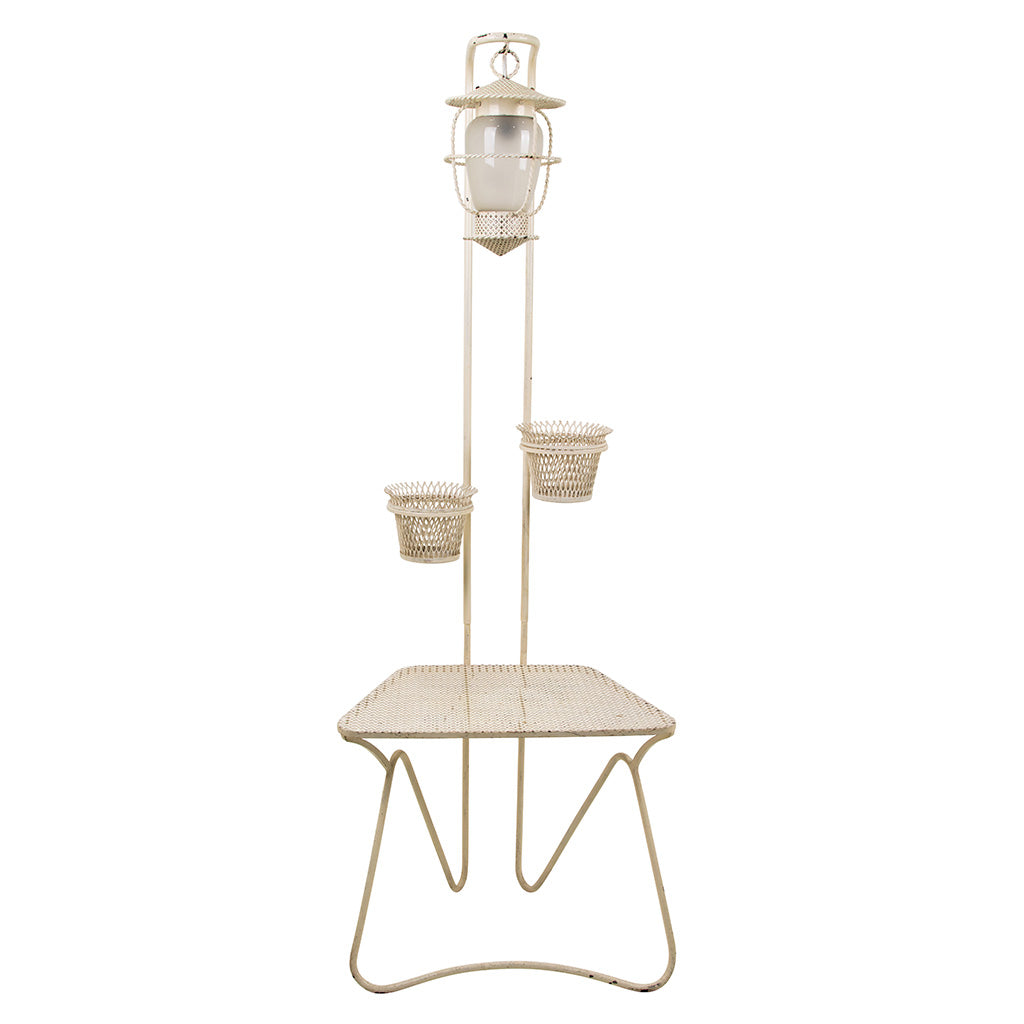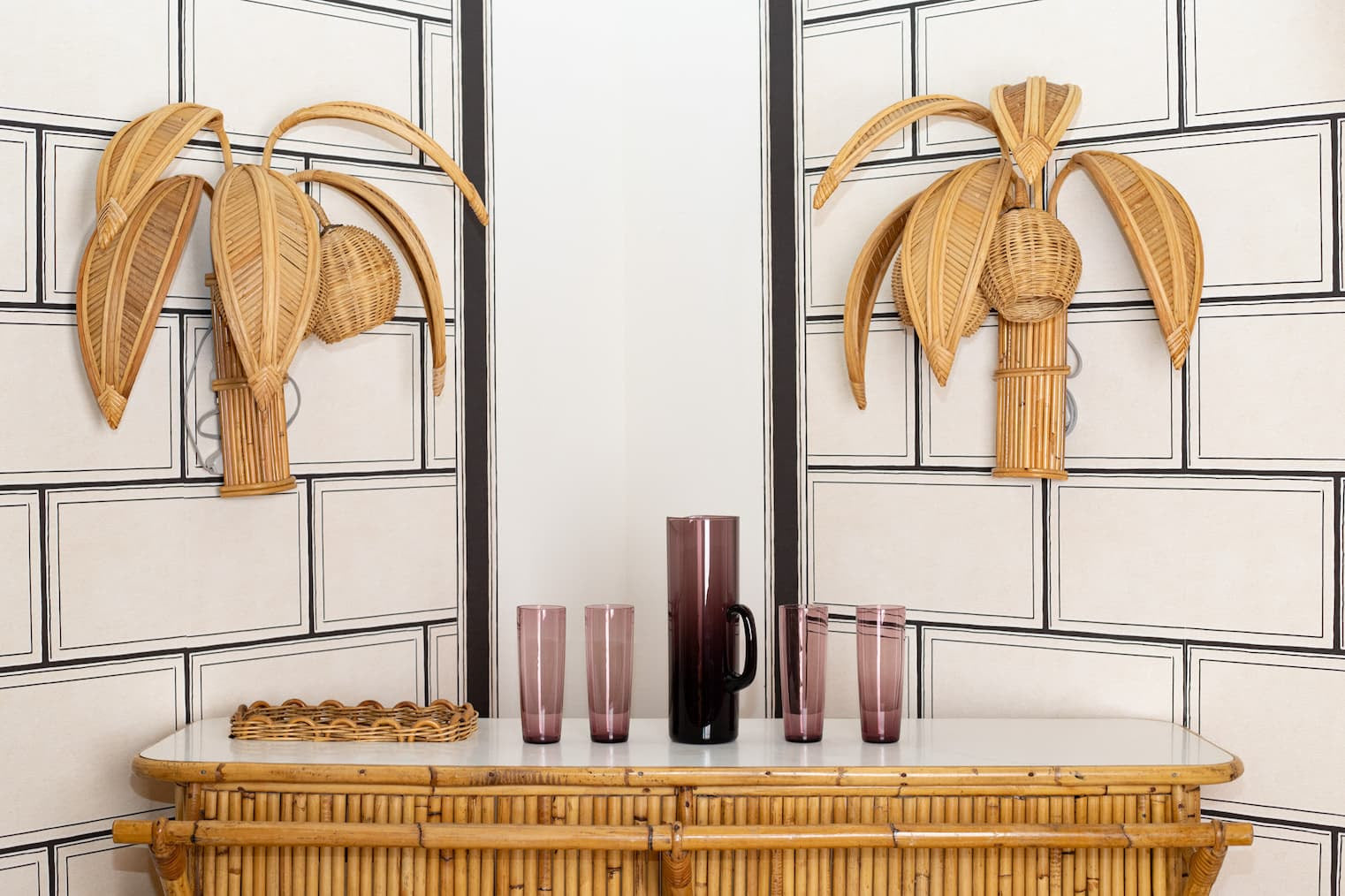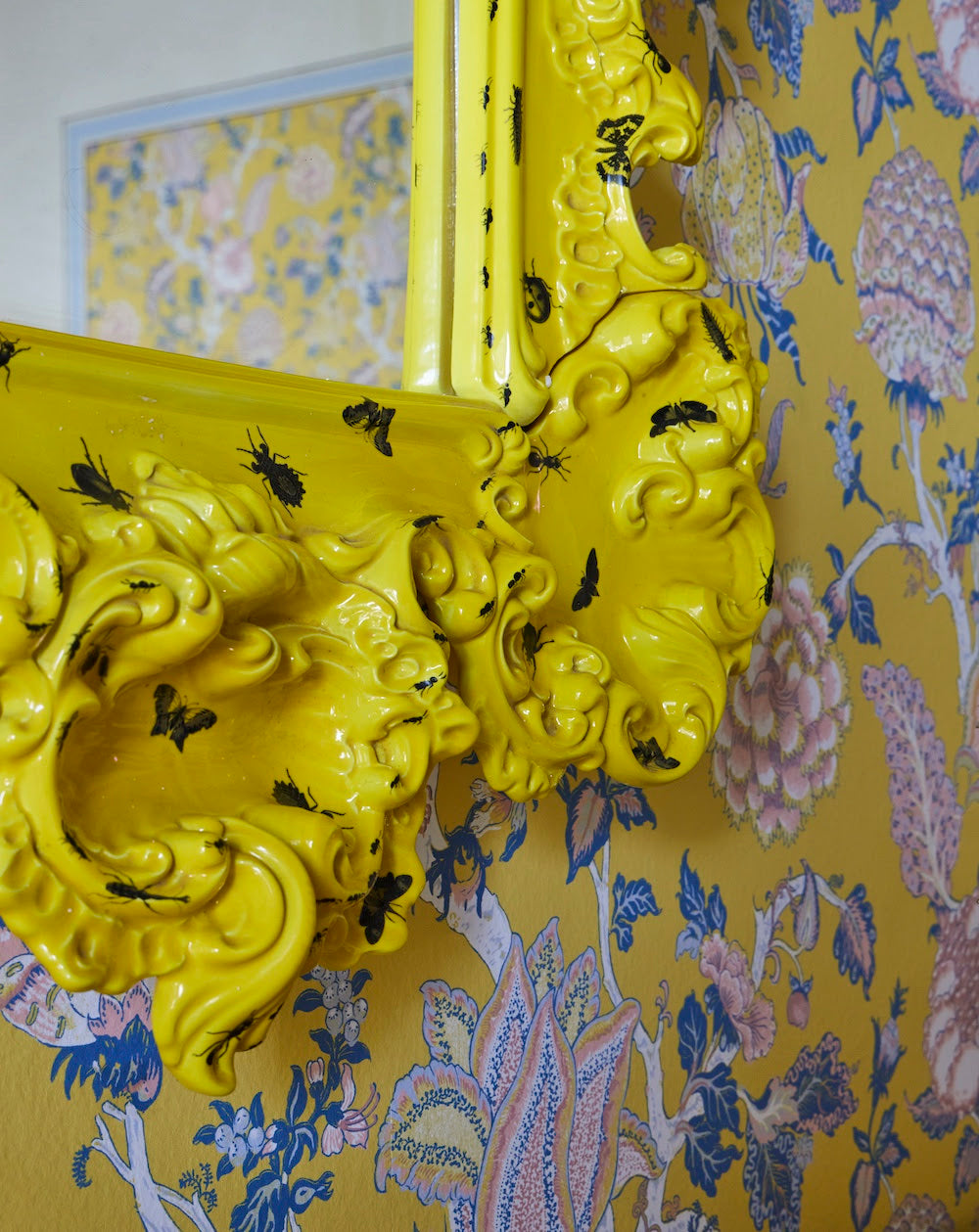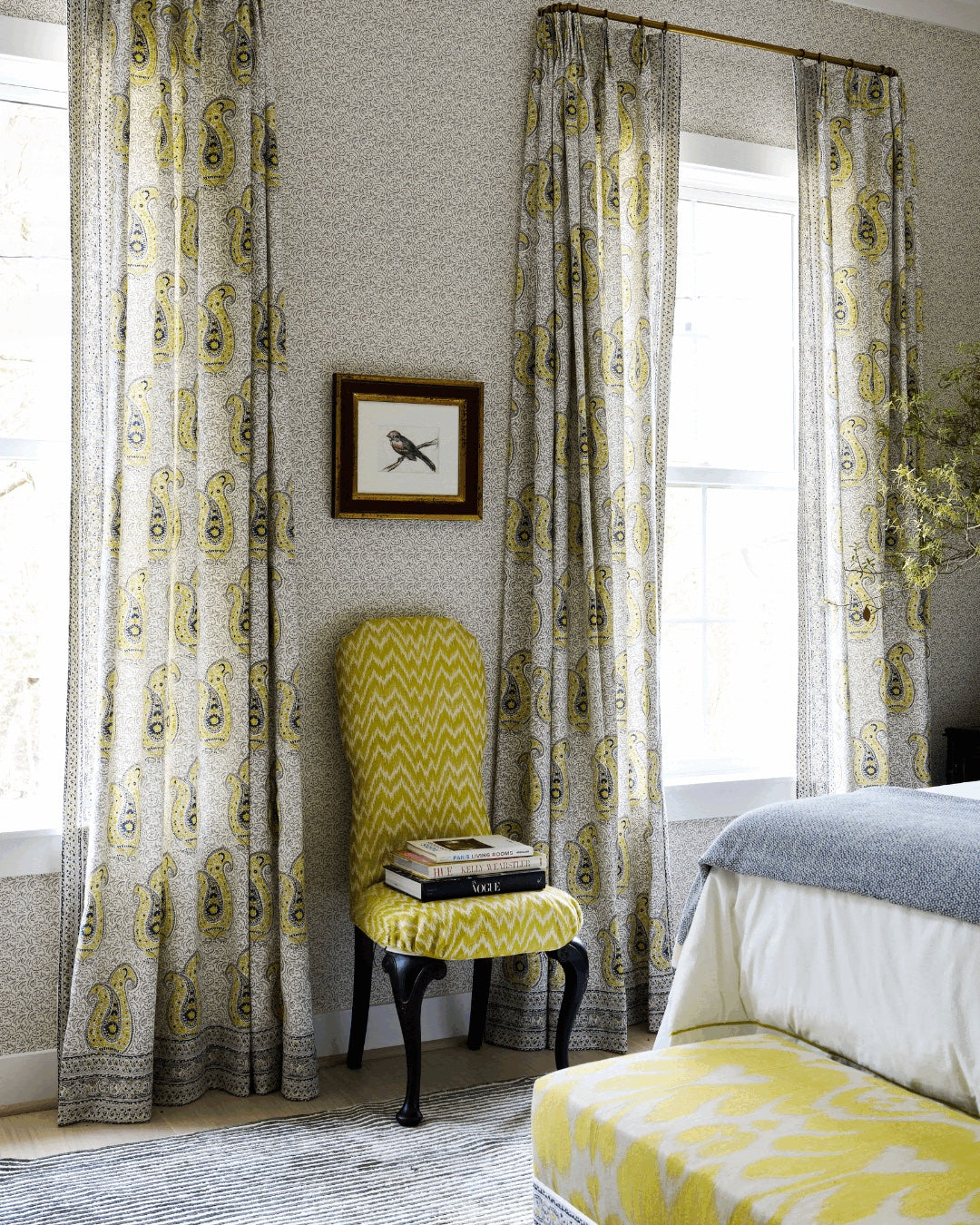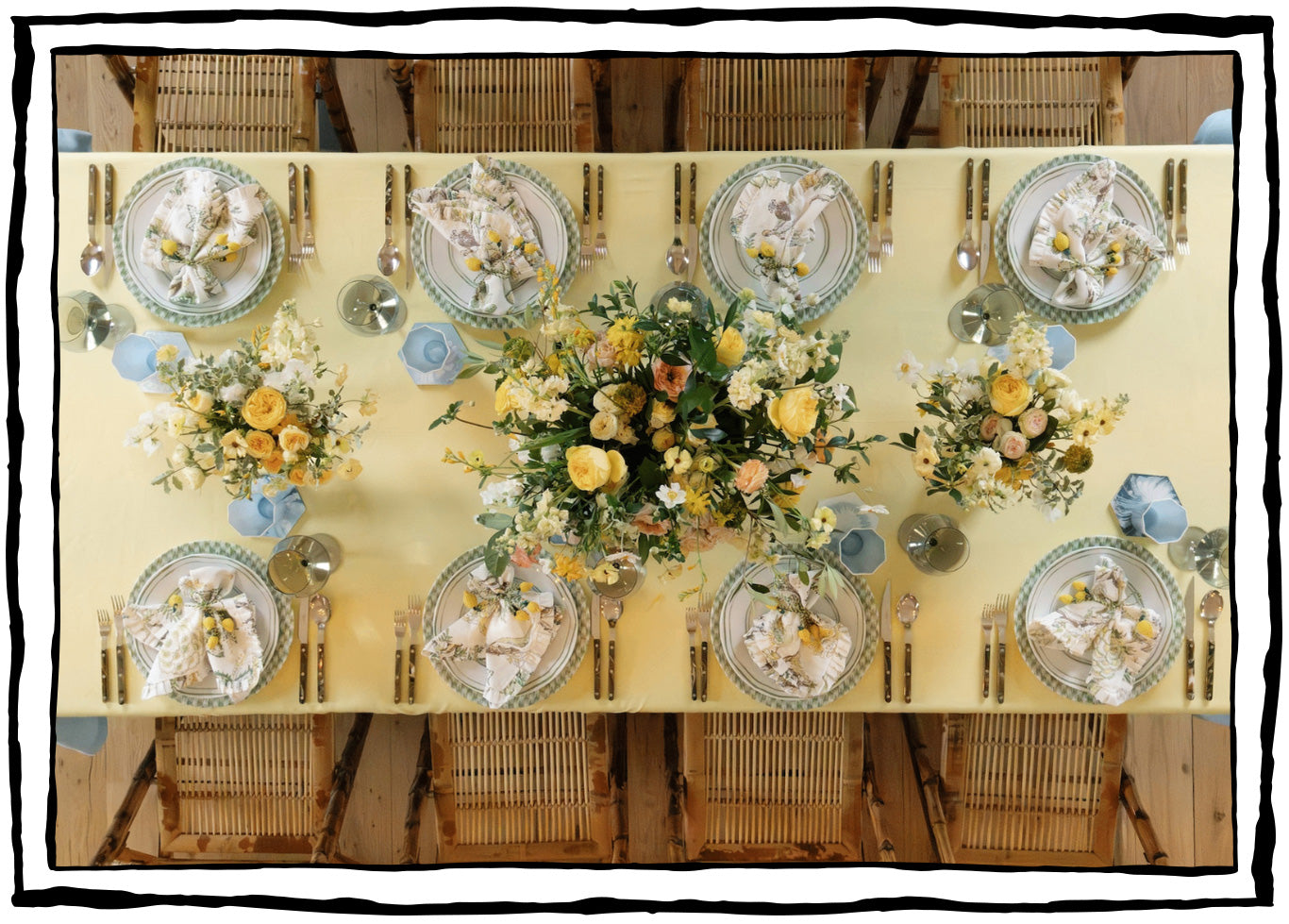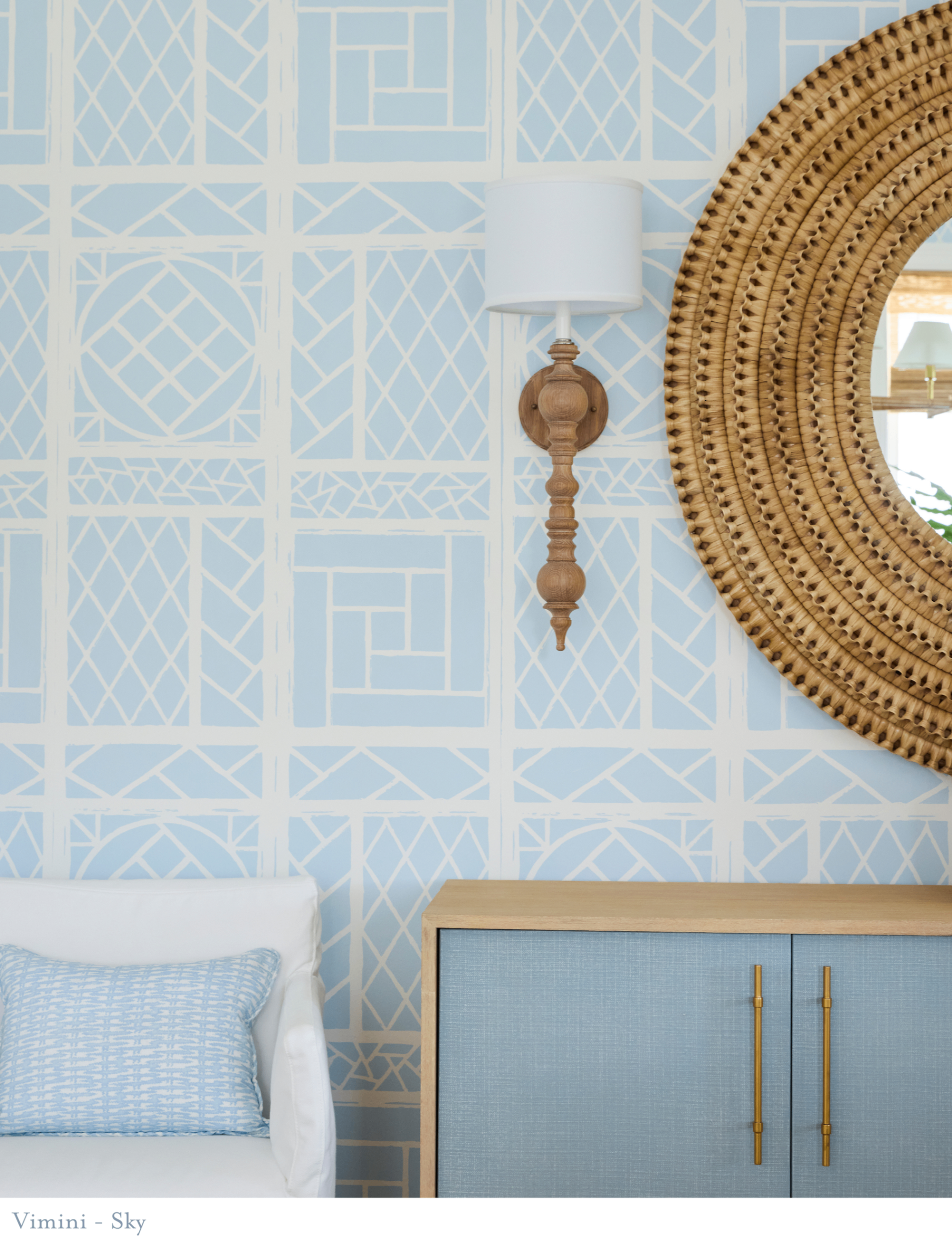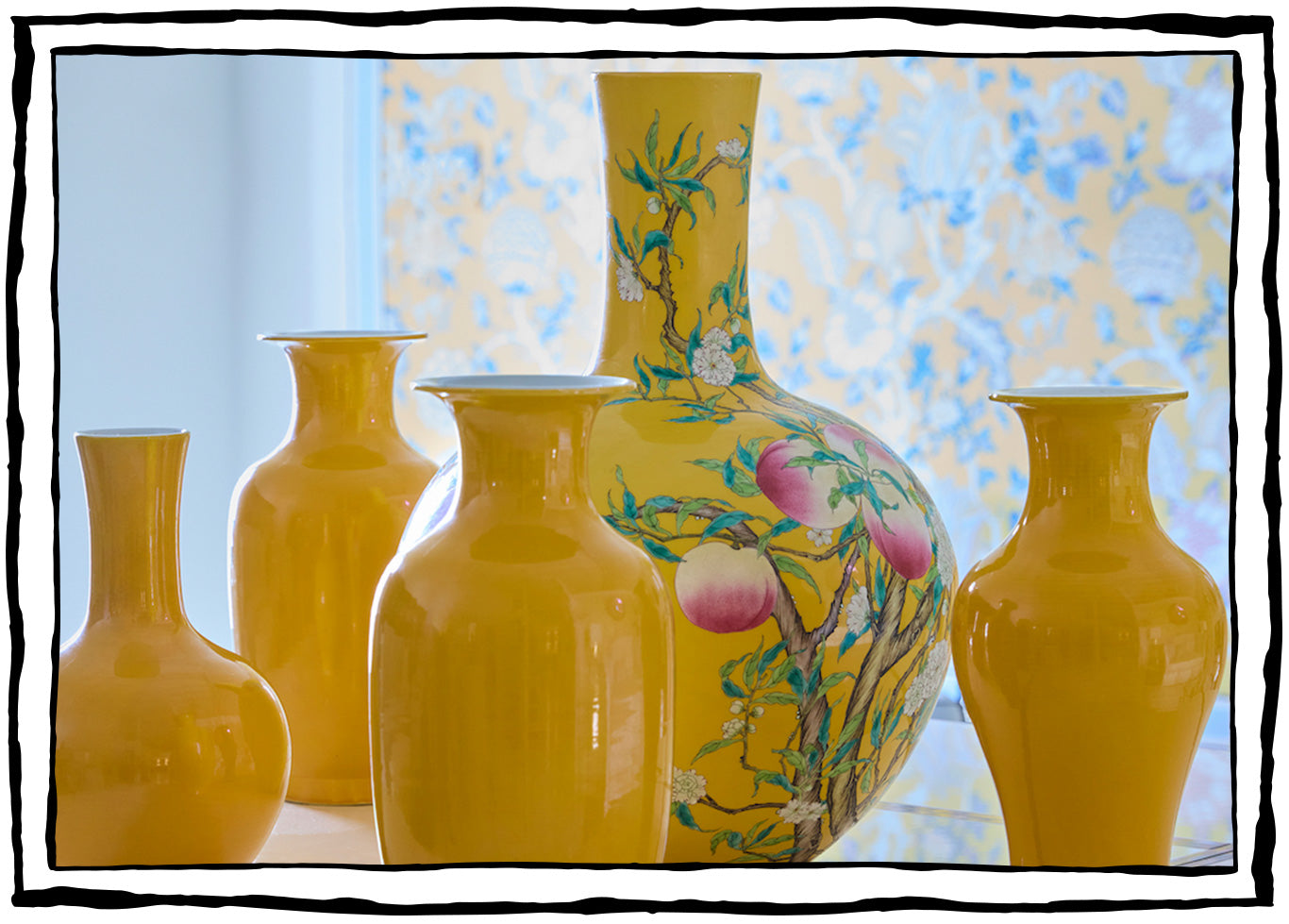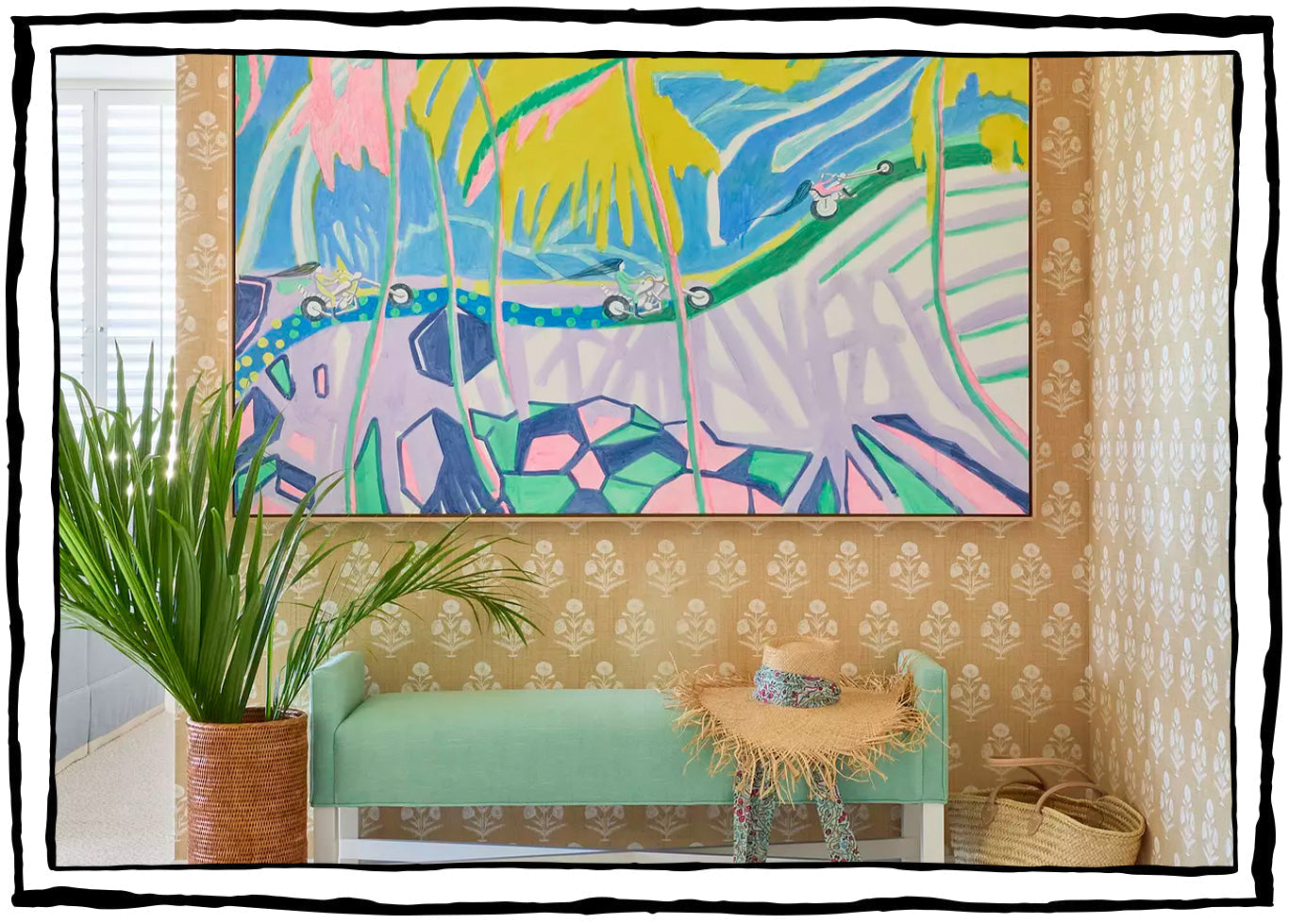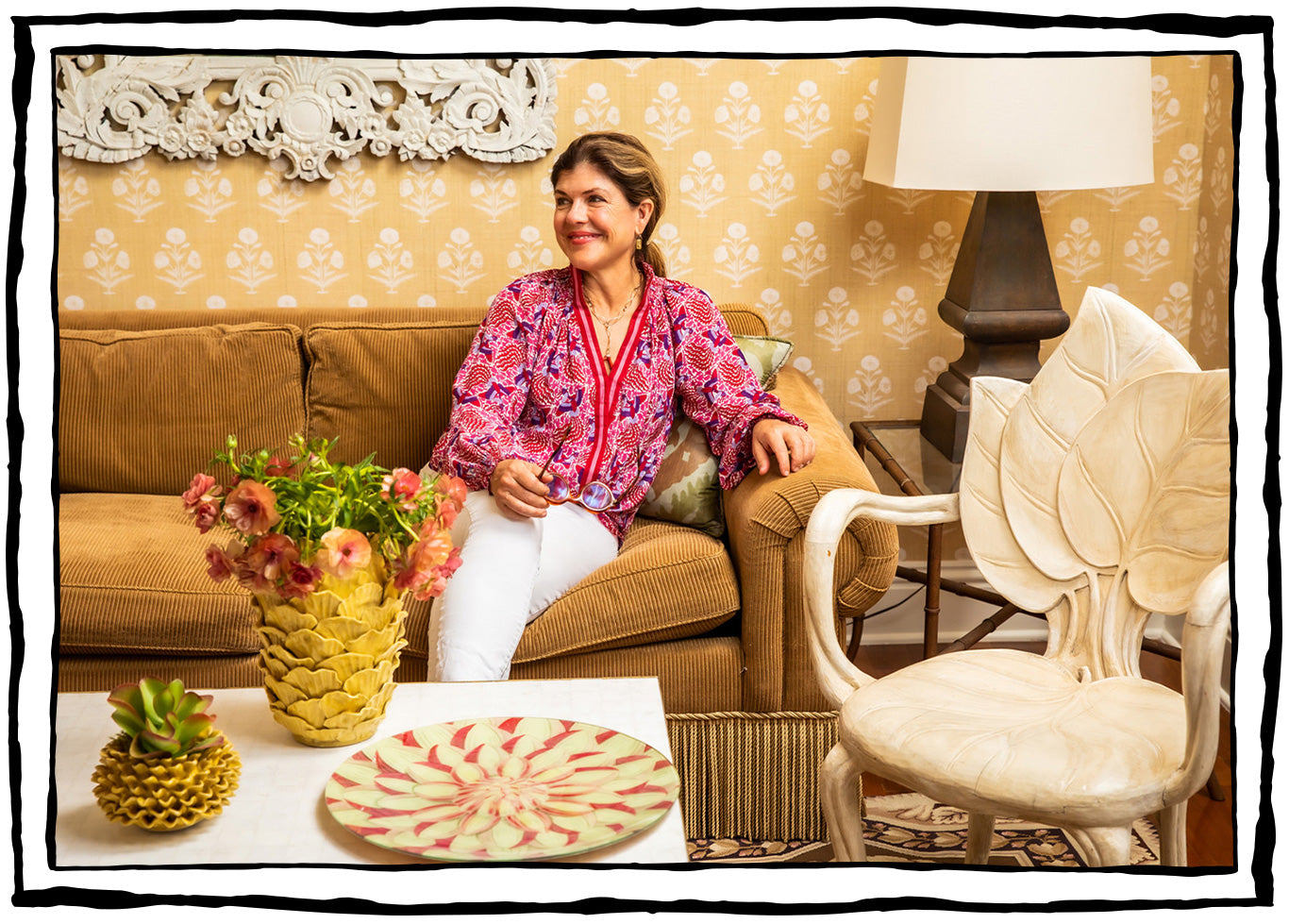It's all about the light!
While the use of lamps and lampshades is first attributed to the French, who lit their streets in the late 1600s with tall gas and oil lamps and used glass shades to direct the light downward, the Milanese quickly followed suit. For centuries, lighting styles reflected the aesthetic era as demonstrations of artistic prowess for local artisans, especially in the gilded, swooping opulence of Baroque, Rococo and Neoclassical. Venetian shield lampshades, for example, in rich fabric or textural paper were designed to complement the lavishly decorated walls of the Italian noble homes where they were found, a technique that looks just as fresh today as it did then.


And if anyone were to question the importance of lampshades in the annals of good design, just ask the Victorians. In the late 19th century, Louis Comfort Tiffany (son of Charles Lewis Tiffany, of Tiffany & Co.) thought of lampshades outside their functional use, perceiving them as true art objects. He sought to improve upon the Medieval masters of stained glass, stretching the traditional use of chemistry and exploring the limitless ways to marry colored glass and illumination. While Tiffany was not a fan of modernism, he could do little to sway shifting trends, and since then, using fabric, ceramic, glass, paper or woven tree fibers, everyone from Isamu Noguchi to Alexander Calder have been playing with the light fantastic.
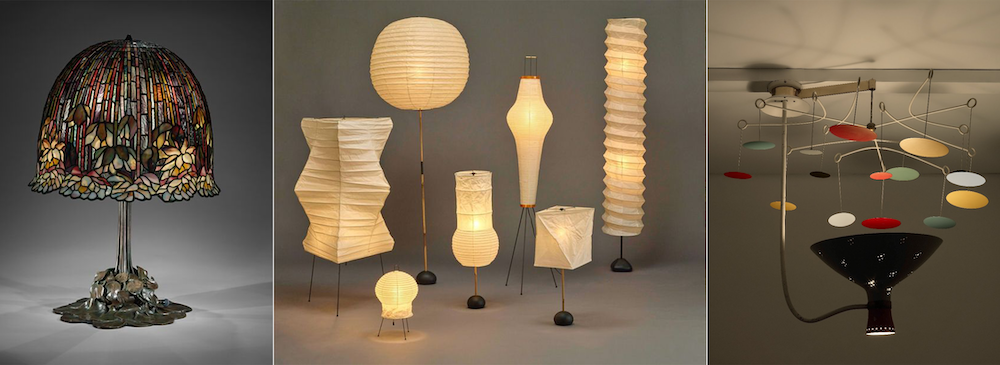
Lampshades can be like bright exclamation points, adding a spark of color to otherwise neutral rooms. Our lampshades are a go-to style for a quick and easy refresh.
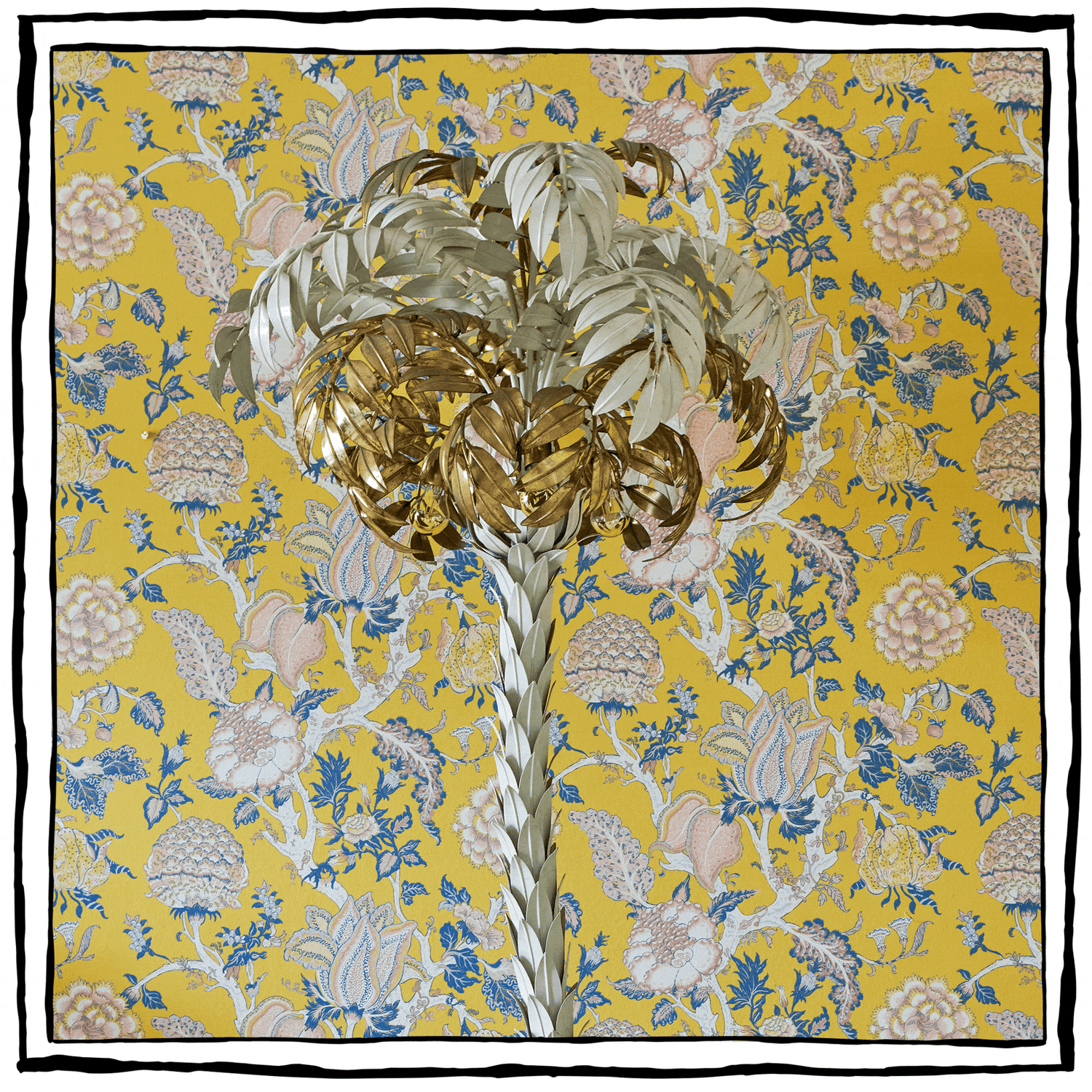
Switching up an accent lamp, and lampshades even more so, is one of the easiest, fastest, and most effective ways to shift the mood and effect of a room. (Just as effective is getting it all wrong– is there any phrase more scary than “bad lighting”?) Shape, finish, diffusion, brightness and shade style– they all factor into the vibe-creation of your space and home.
